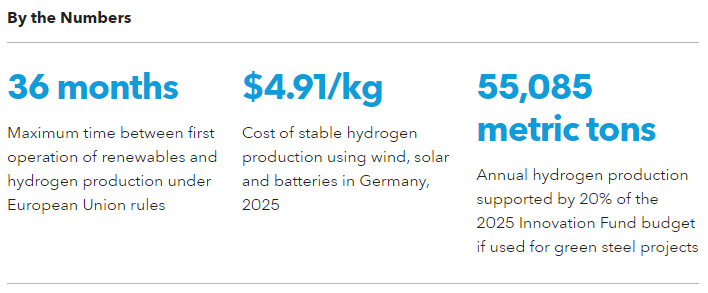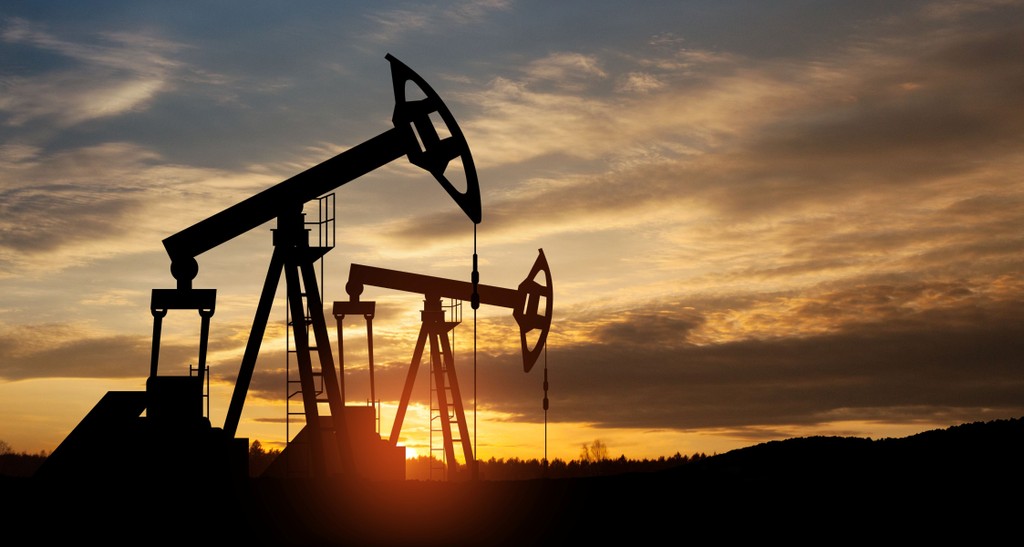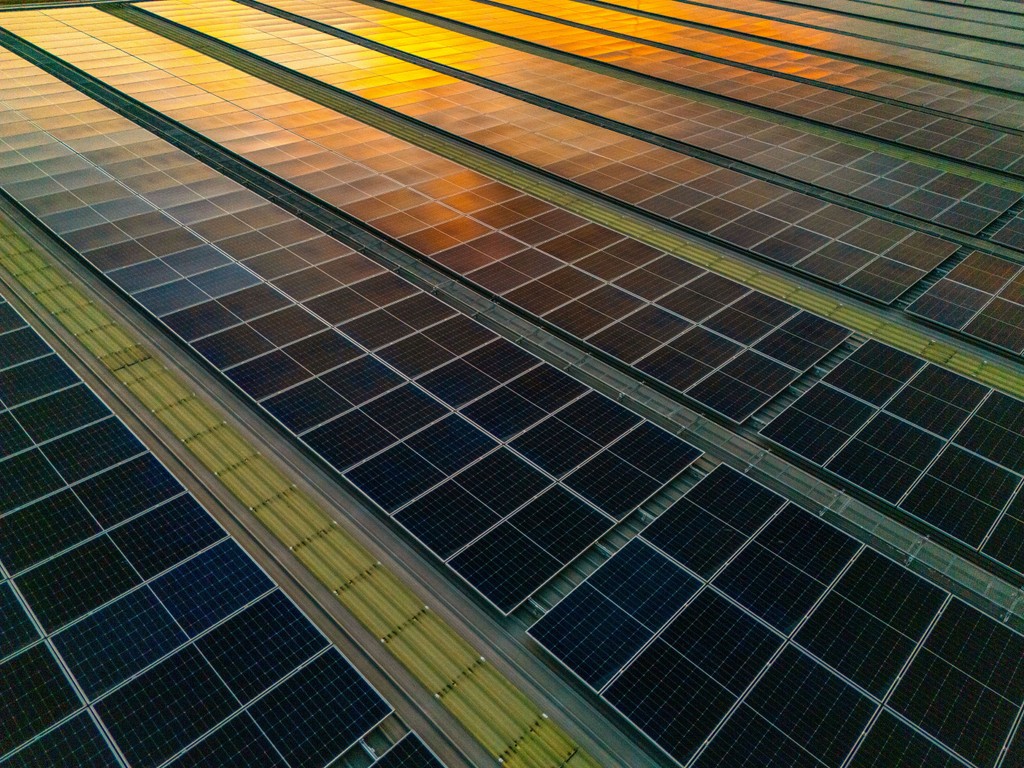The European Union (EU) has made clean hydrogen a pillar of both its net-zero target for 2050 and its near-term efforts to get off Russian gas. To enable the scale-up of the industry, the EU released its definition of hydrogen that will qualify as green and the budget for its long-awaited carbon contracts-for-difference scheme. The EU’s stringent rules will ensure any hydrogen produced is low carbon, but raises the cost of procurement for industrial end-users.


- Europe has taken a lifecycle approach to measuring emissions from hydrogen (H2). The EU has set an emissions threshold for hydrogen of 3.38 kilograms (kg) CO2-equivalent per kg-H2. This is more lenient than some other regions but covers a wider emissions scope: everything from the energy inputs to make H2 through to consumption.
- The proposed rules favor H2 projects in locations with high shares of renewables. Since Norway’s grid is 90% renewable, a grid-connected electrolyzer could qualify as green and achieve a levelized cost of H2 (LCOH2) of $2.58/kg in 2025 while ensuring stable output. However, in most EU countries, the bloc’s definitions will give preference to co-located wind and solar as the power source. H2 produced from wind and solar in Portugal could cost 4% less than a grid-connected project in Norway but would only have a 50% utilization rate.
- Strict temporal correlation will drive up the cost of stable H2 production required by industrial end-users. The EU requires hourly matching of H2 production and renewables generation, which limits an electrolyzer’s utilization rate without additional energy storage. An off-grid project in Germany could produce stable H2 using solar, wind and batteries for an LCOH2 of $4.91/kg in 2025 – nearly double that of a grid-connected project in Norway.
- The carbon contracts-for-difference (CCfD) scheme will bridge the gap. Due to begin in autumn 2022, the CCfD will ensure green H2 is competitive for industrial applications. If 20% of the EU Innovation Fund budget in 2025 went to green steel projects using H2, the scheme would support 55,085 tons of annual renewable H2 production.
- (Correction on July 26, 2022: Corrects to the European Parliament and the Council of the EU having two months to raise objections on page 2. Corrects name of EU’s plan to ‘REPowerEU’ throughout.).






